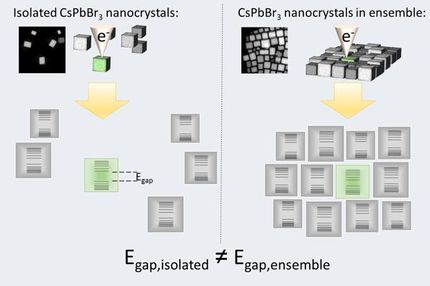An UV detector based on nanocrystals synthesized by using ion implantation
Scientists at the Lobachevsky University have been working for several years to develop solar-blind photodetectors operating in the UV spectral band. In the field of electronic technology, this is an important task, since such devices cut off emission with a wavelength higher than 280 nm, which helps to avoid interference from sunlight and to record UV emission during daylight.

Schematic representation of the photodetector with Ga2O3 nanocrystals encapsulated in Al2O3 matrix (a), TEM image of the implanted Al2O3 film containing Ga2O3 nanocrystals (b), and responsivity spectra of photodetectors measured at different voltages (c).
Lobachevsky University
"Due to their high sensitivity to deep UV emission and insensitivity to sunlight, solar-blind photodetectors provide a wide range of important applications including the ozone damage detection, jet engine monitoring and flame detection," says Alexey Mikhaylov, head of the laboratory at the UNN Physics and Technology Research Institute.
The main materials for creating solar-blind photodetectors are wide-gap semiconductors. Nizhny Novgorod scientists together with Indian colleagues consider Ga2O3 to be a promising semiconductor with a band gap of 4.4-4.9 eV, which cuts off emission with wavelengths higher than 260-280 nm and is capable of detecting emission in the deep ultraviolet range.
The existing methods for Ga2O3 synthesis are quite complicated and poorly compatible with conventional silicon technologies. Besides, the layers obtained by such methods often have many defects. The synthesis of Ga2O3 nanocrystals by means of ion implantation, the basic technology of modern electronics, opens up new possibilities for creating solar-blind photodetectors.
The spectral dependence of photoresponse for this photodetector demonstrates excellent solar-blind ultraviolet characteristics in the wavelength range of 250-270 nm, it also has a high responsivity of 50 mA/μW. The dark current of the photodetector is quite low and amounts to 0.168 mA.
The process of creating such a detector involves the synthesis of Ga2O3 nanocrystals in a Al2O3 film on silicon by ion implantation. The detector obtained by this method has been realized by the scientists for the first time in the world.
Thus, the joint work of the international team of researchers from the Lobachevsky University, the Indian Institute of Technology Jodhpur and the Indian Institute of Technology Ropar has demonstrated the possibility of manufacturing photodetectors that cut off solar radiation (solar-blind photodetectors) capable of working in the deep ultraviolet region and possessing the characteristics that are not inferior to the existing analogs. "By producing such photodetectors with the help of ion implantation, it will be possible to use the already existing "silicon" technologies and to adapt them to the manufacture of new-generation devices," concludes Alexey Mikhaylov.
Original publication
Original publication
Other news from the department science
These products might interest you
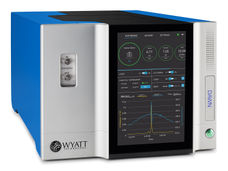
DAWN® by Wyatt Technology
The instrument for Multi-Angle Light Scattering (MALS): The DAWN® from Wyatt Technology
The world's most advanced light scattering instrument for absolute characterization of macromolecules
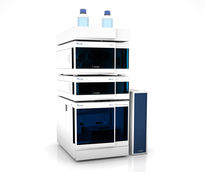
AZURA Analytical HPLC by KNAUER
Maximize your analytical efficiency with customized HPLC system solutions
Let your application define your analytical system solution

Get the chemical industry in your inbox
By submitting this form you agree that LUMITOS AG will send you the newsletter(s) selected above by email. Your data will not be passed on to third parties. Your data will be stored and processed in accordance with our data protection regulations. LUMITOS may contact you by email for the purpose of advertising or market and opinion surveys. You can revoke your consent at any time without giving reasons to LUMITOS AG, Ernst-Augustin-Str. 2, 12489 Berlin, Germany or by e-mail at revoke@lumitos.com with effect for the future. In addition, each email contains a link to unsubscribe from the corresponding newsletter.
Most read news
More news from our other portals
Last viewed contents
Borate
Umklapp_scattering
Gans_theory
Fetal_Alcohol_Spectrum_Disorder
Paper strips can quickly detect toxin in drinking water
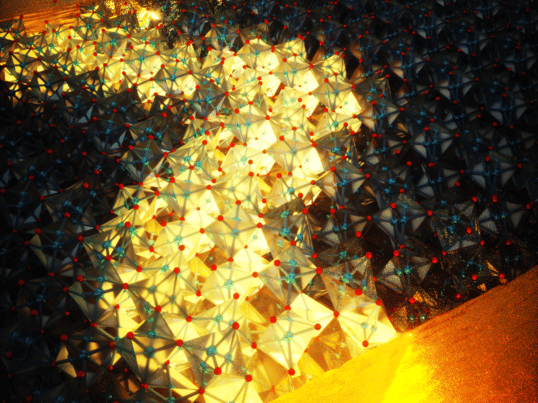
Researchers discover a material that can learn like the brain
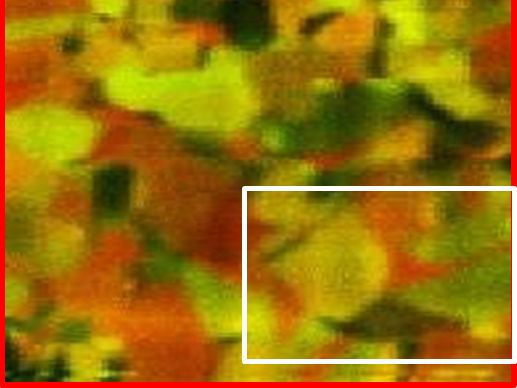
Alternative method for the representation of microstructures in polycrystalline materials
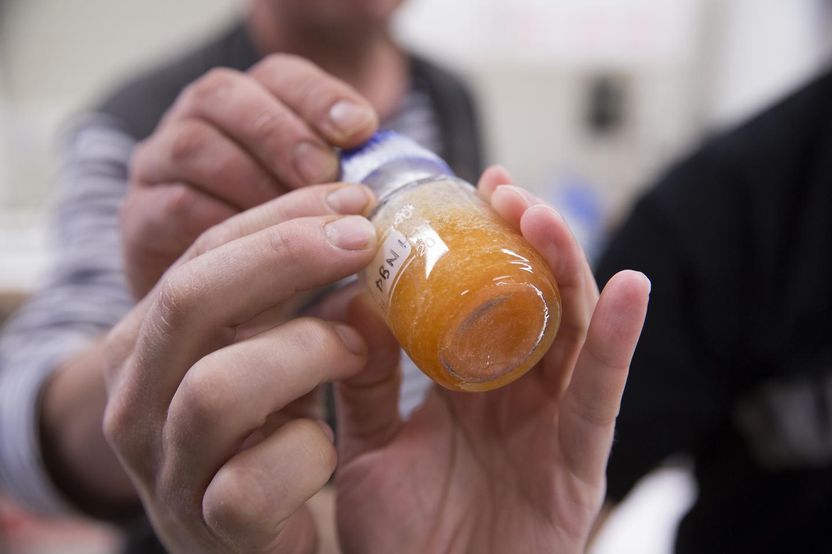
Ionic liquids interesting in extracting molecules from wood

“Restore trust and get Bayer on track for better performance” - Three-year process of rejuvenation launched
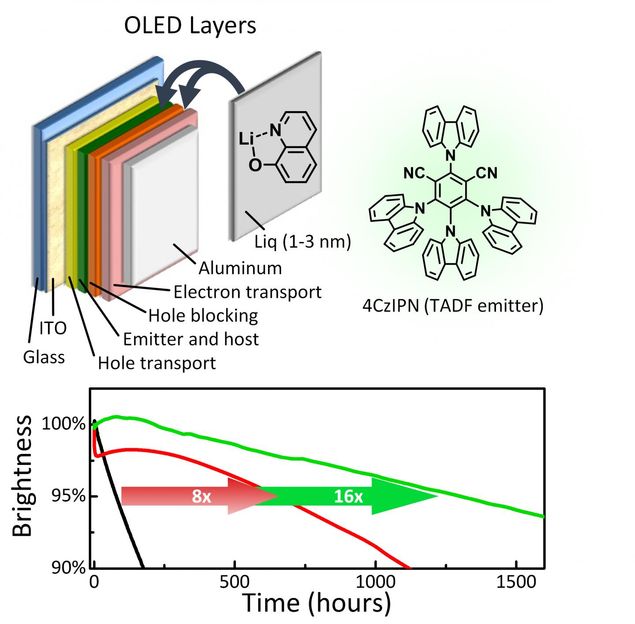
Lifetime breakthrough promising for low-cost and efficient OLED displays and lights
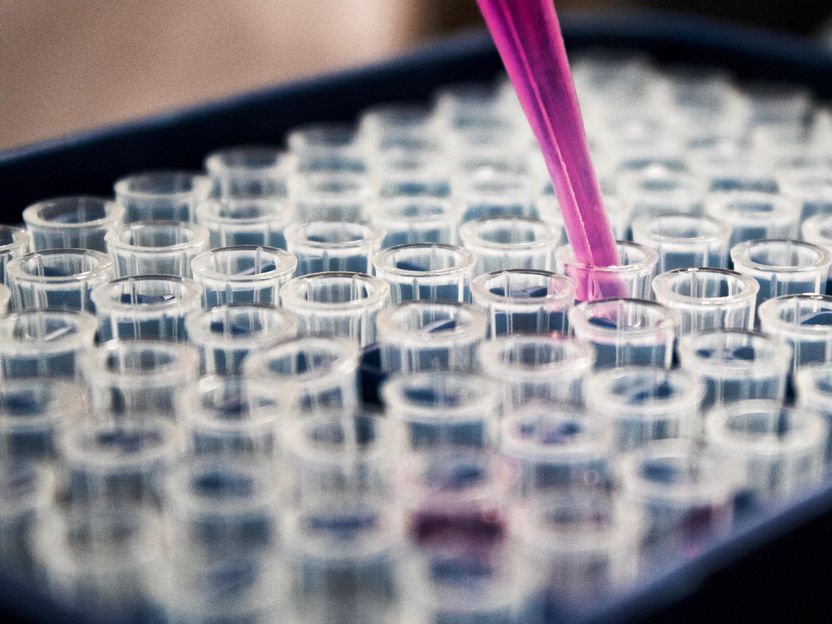
An AI Robot for Pipetting - Researchers from the University of Freiburg have received an EXIST grant for their goodBot startup

